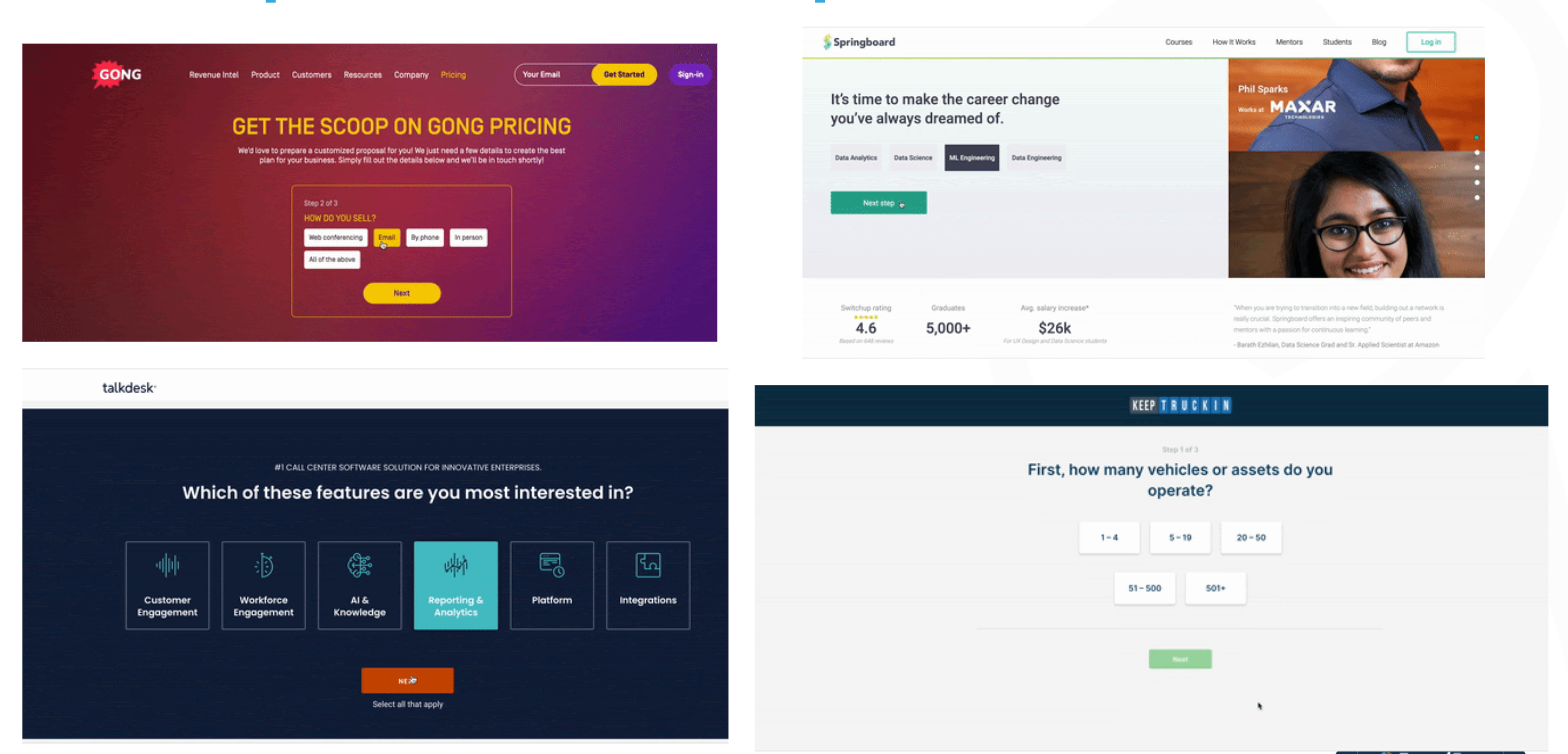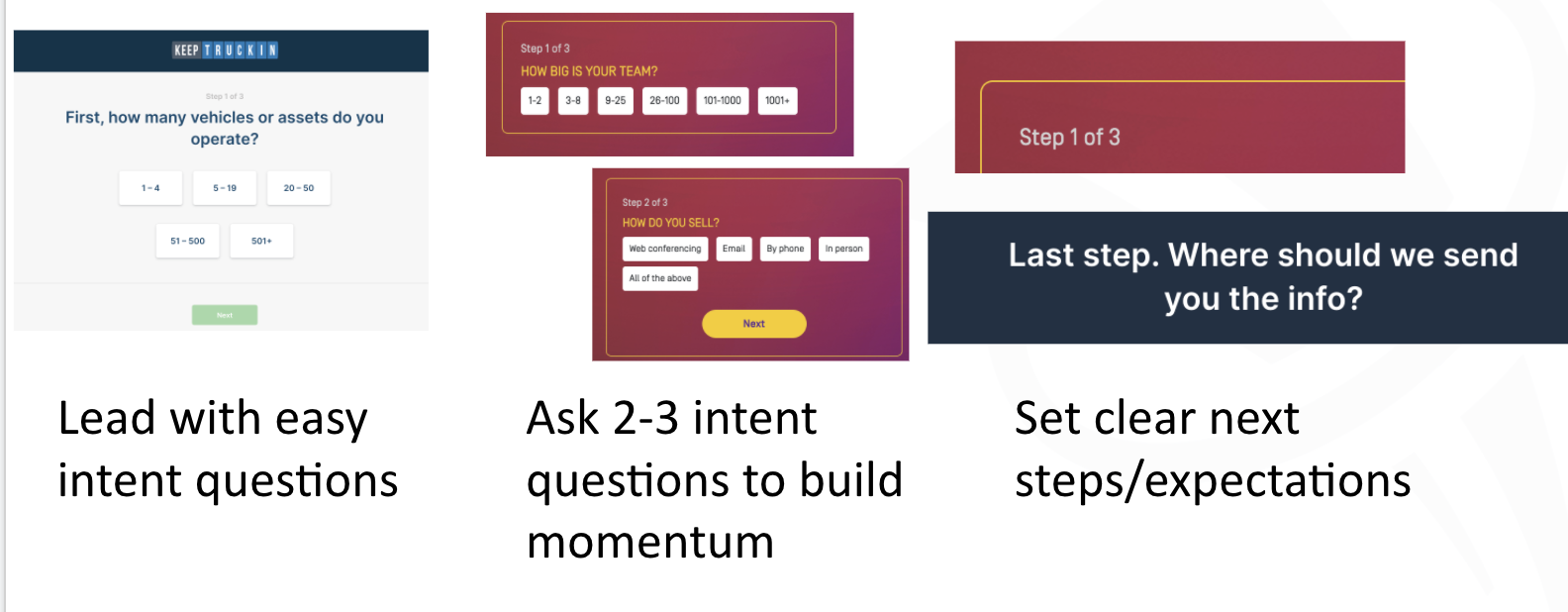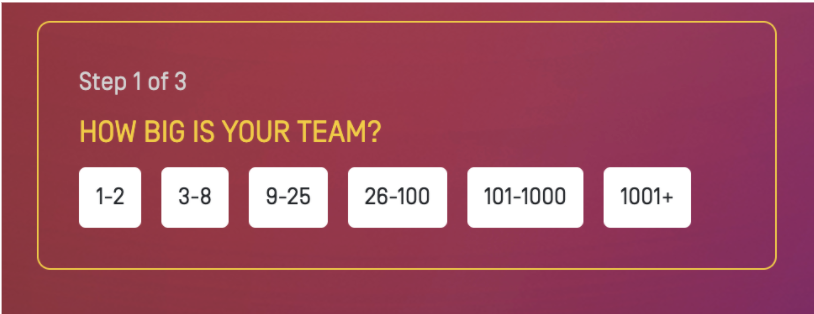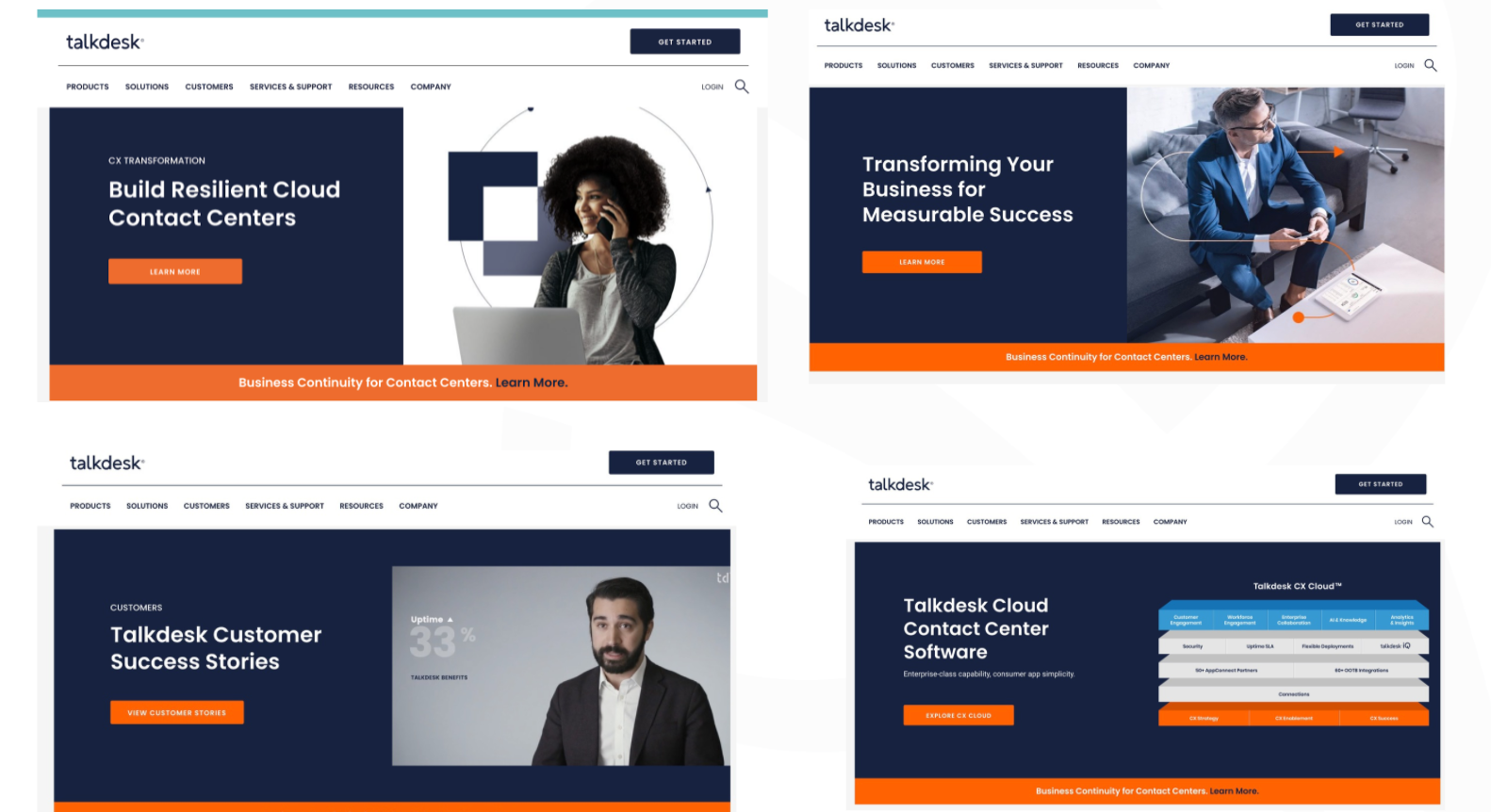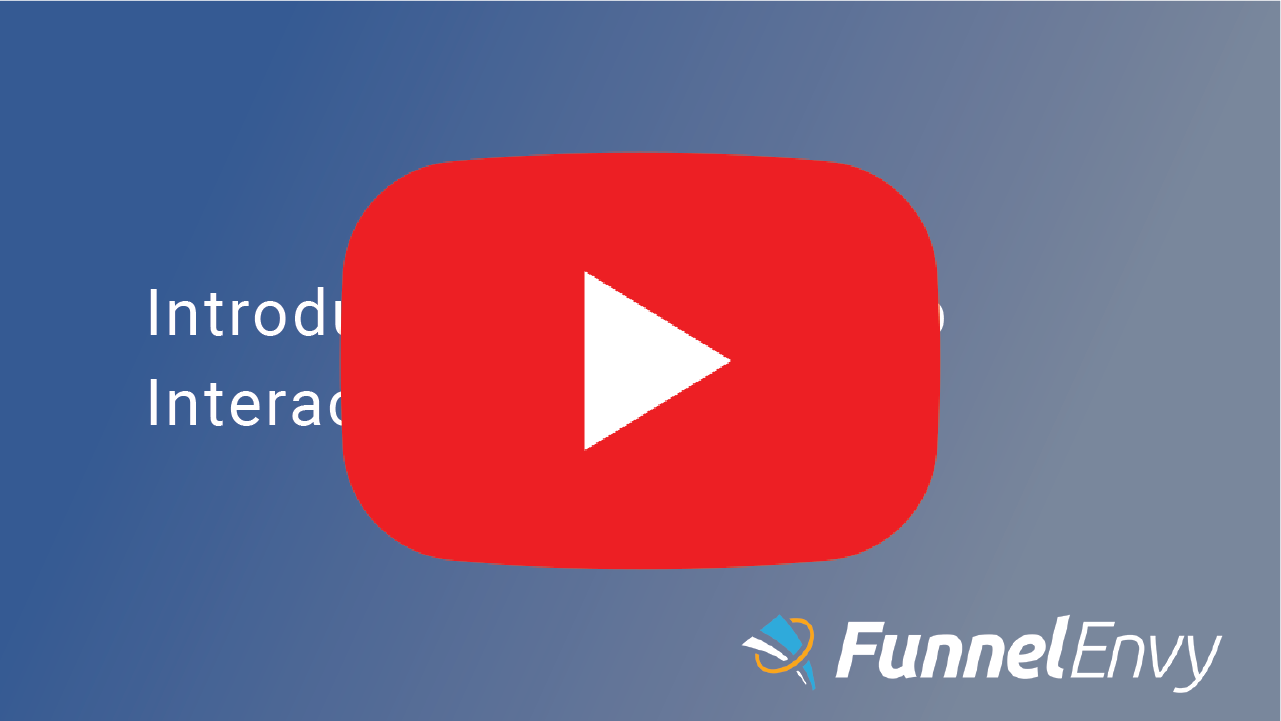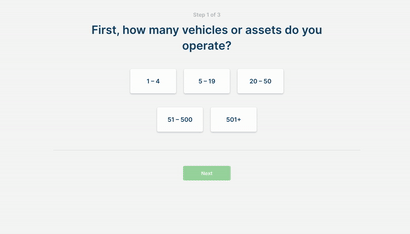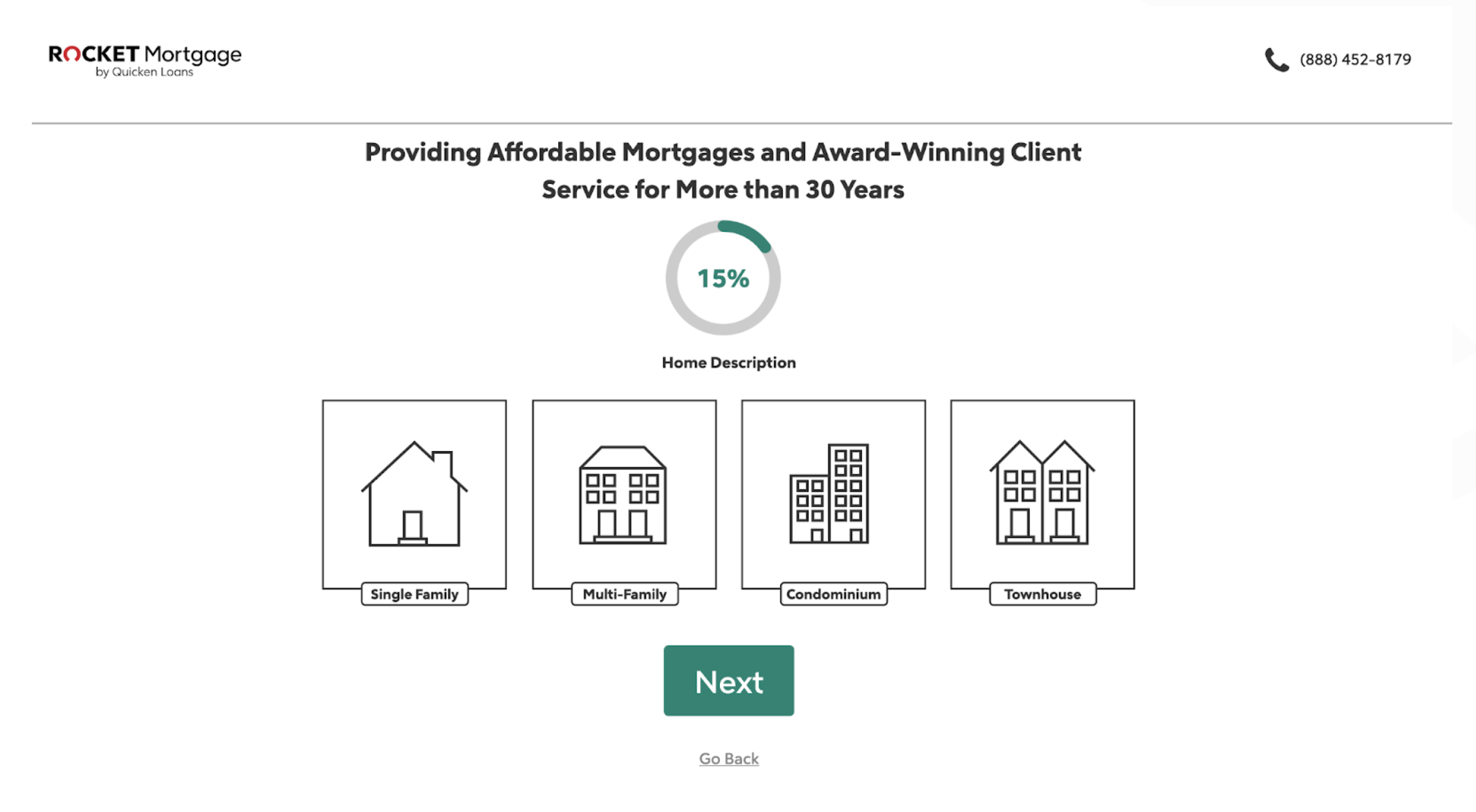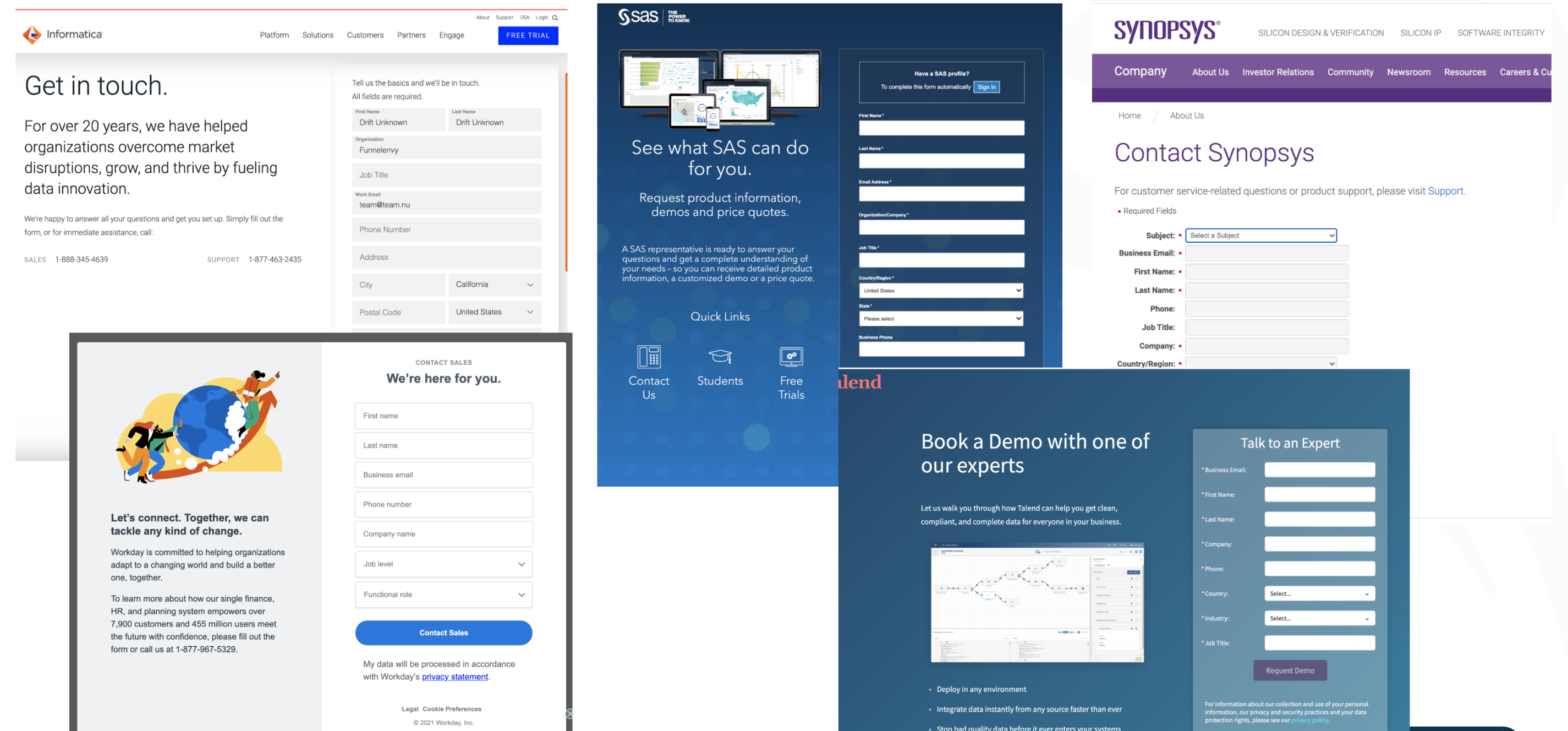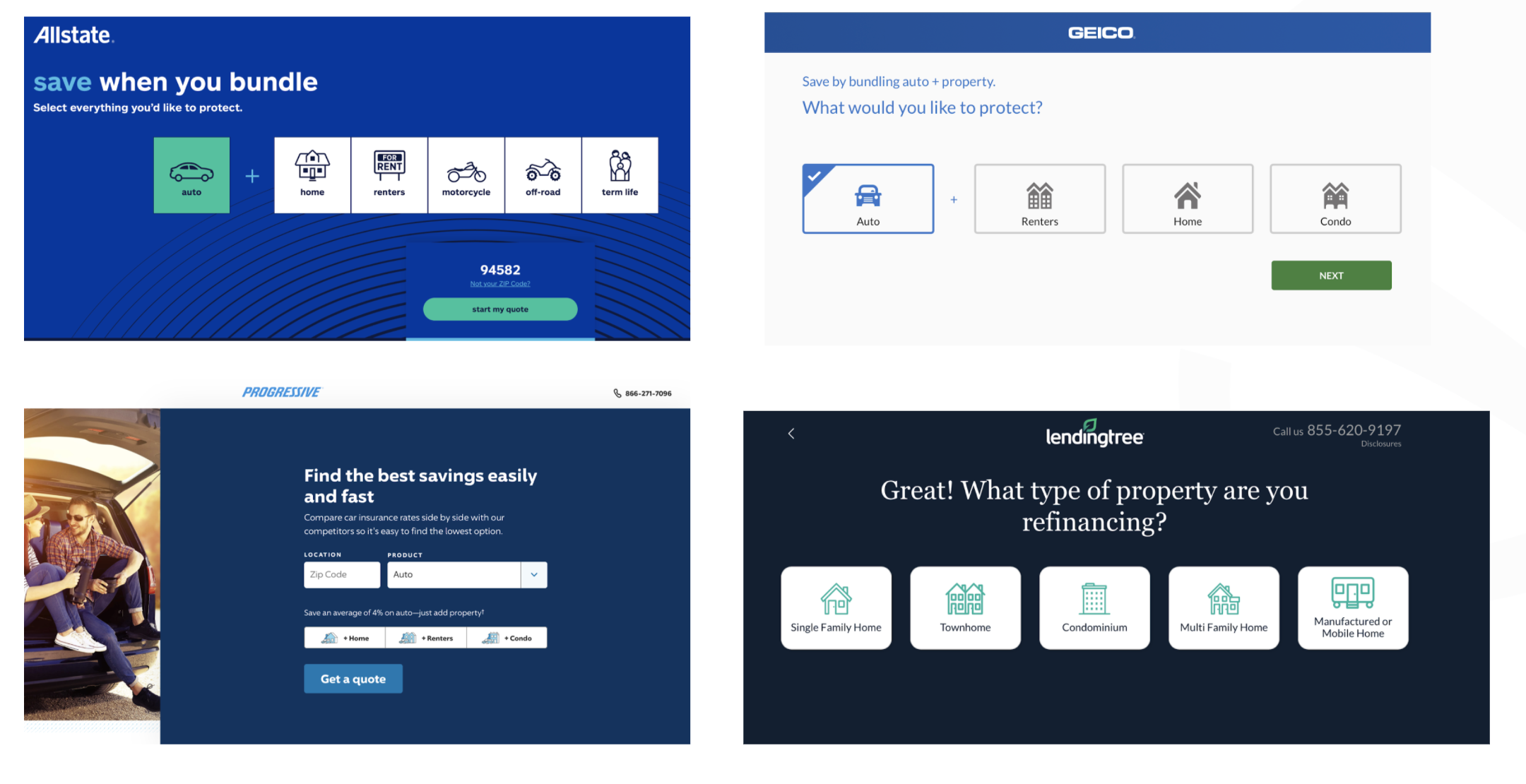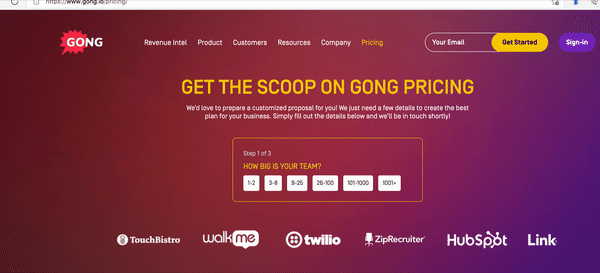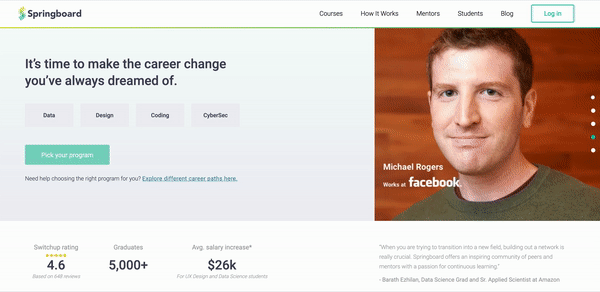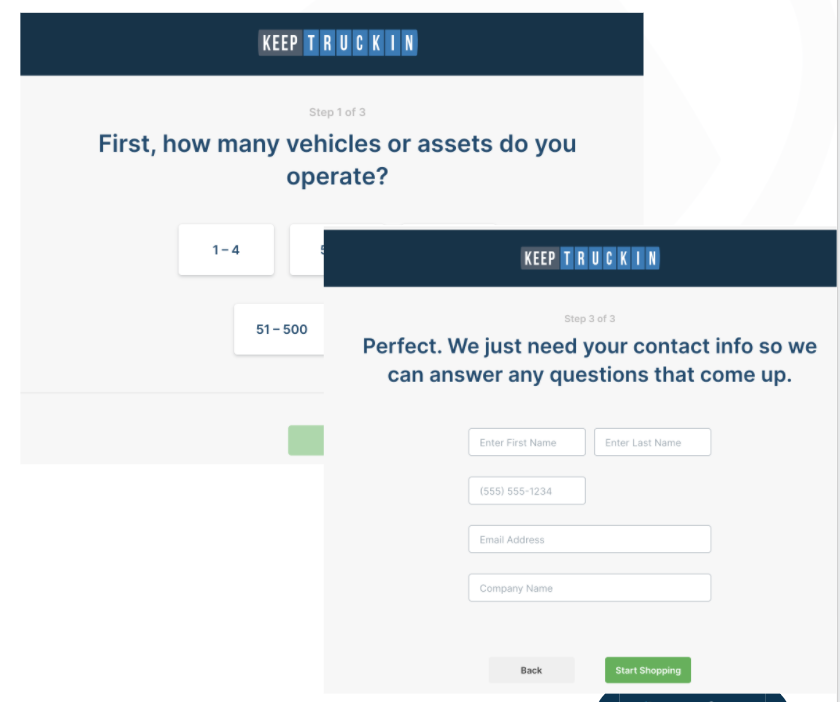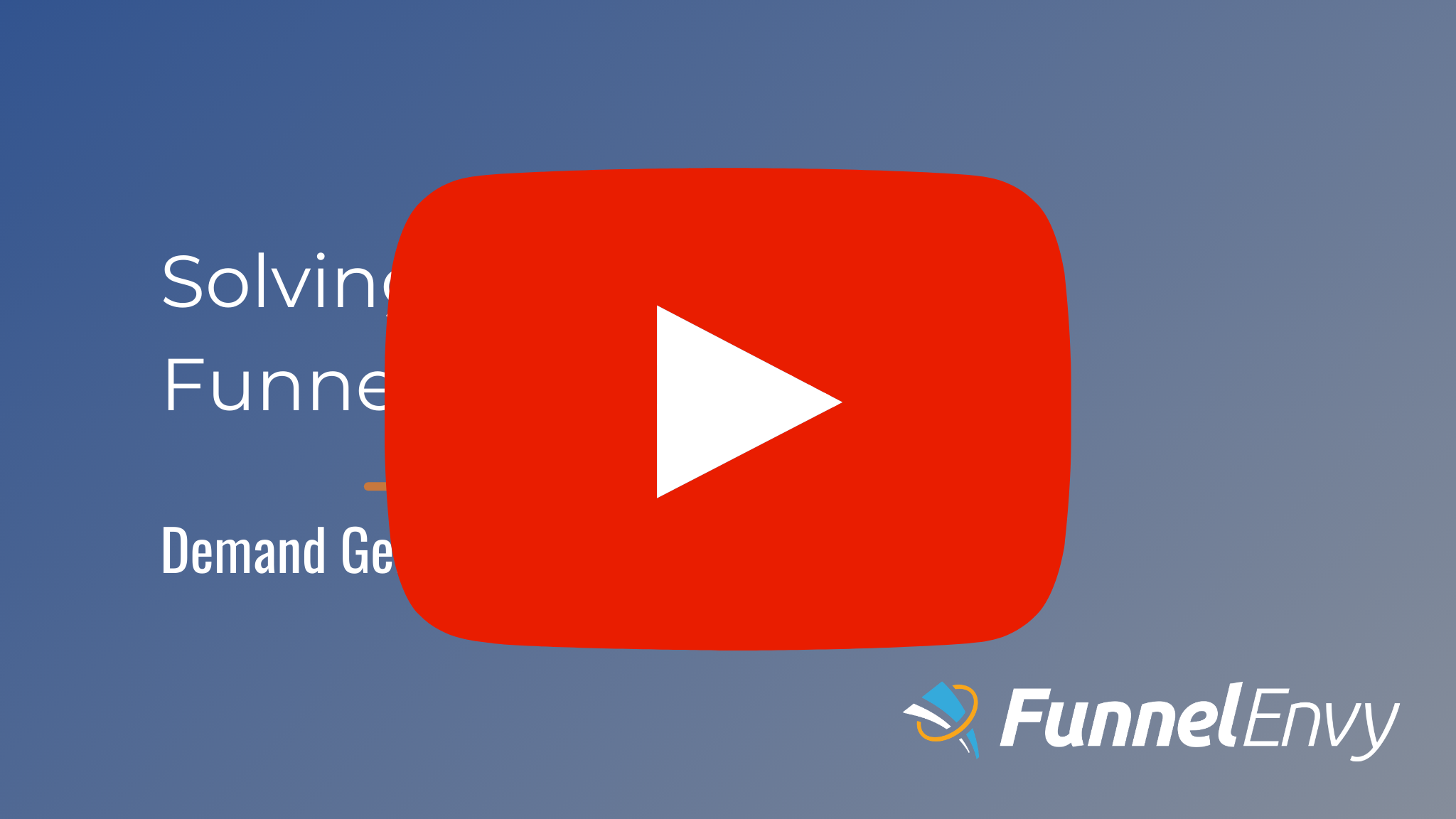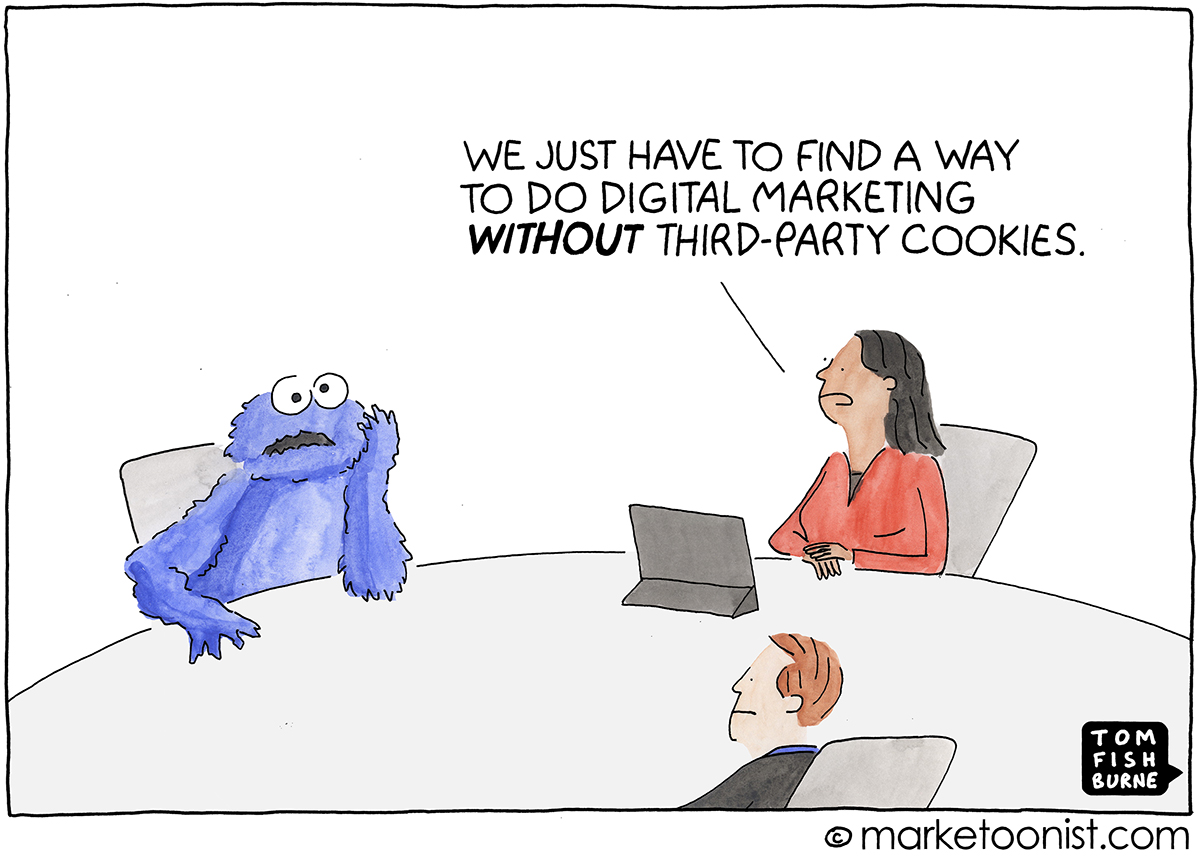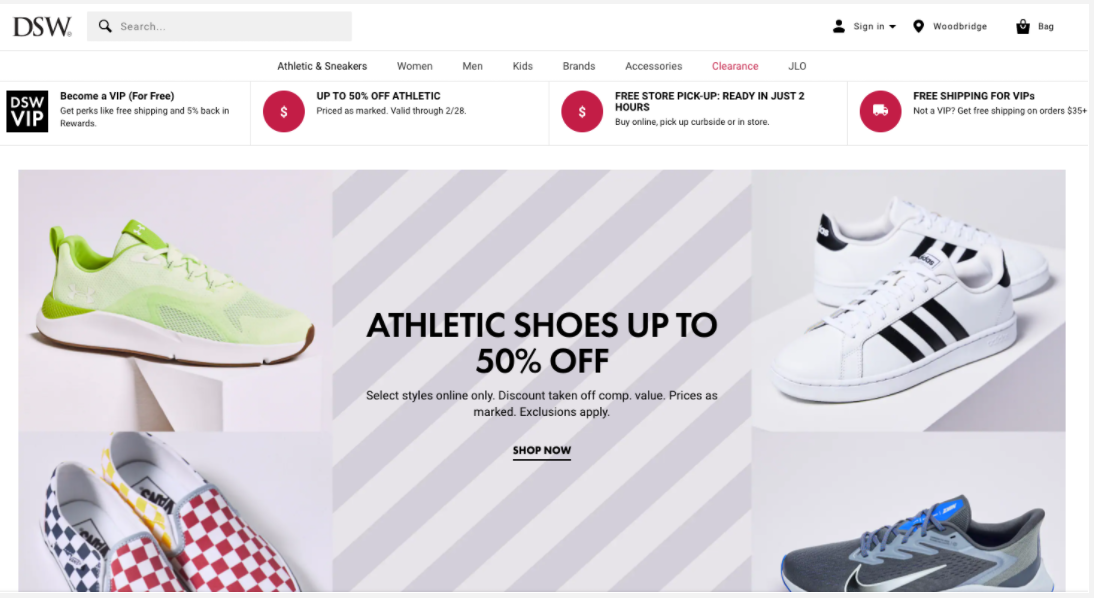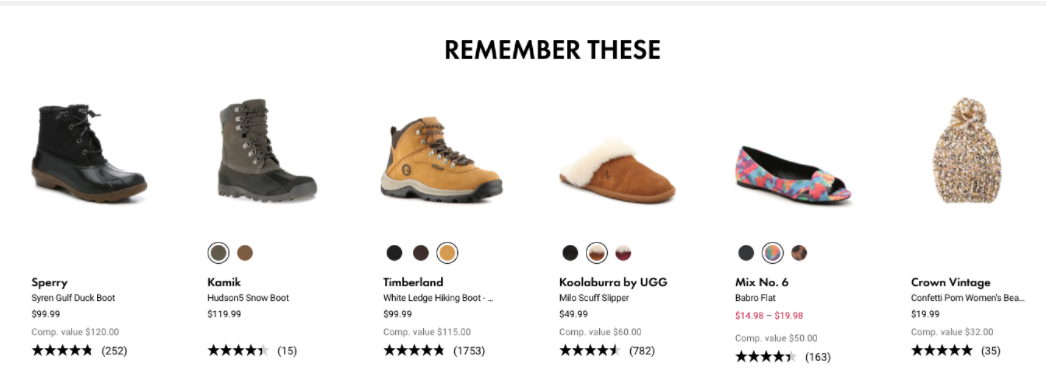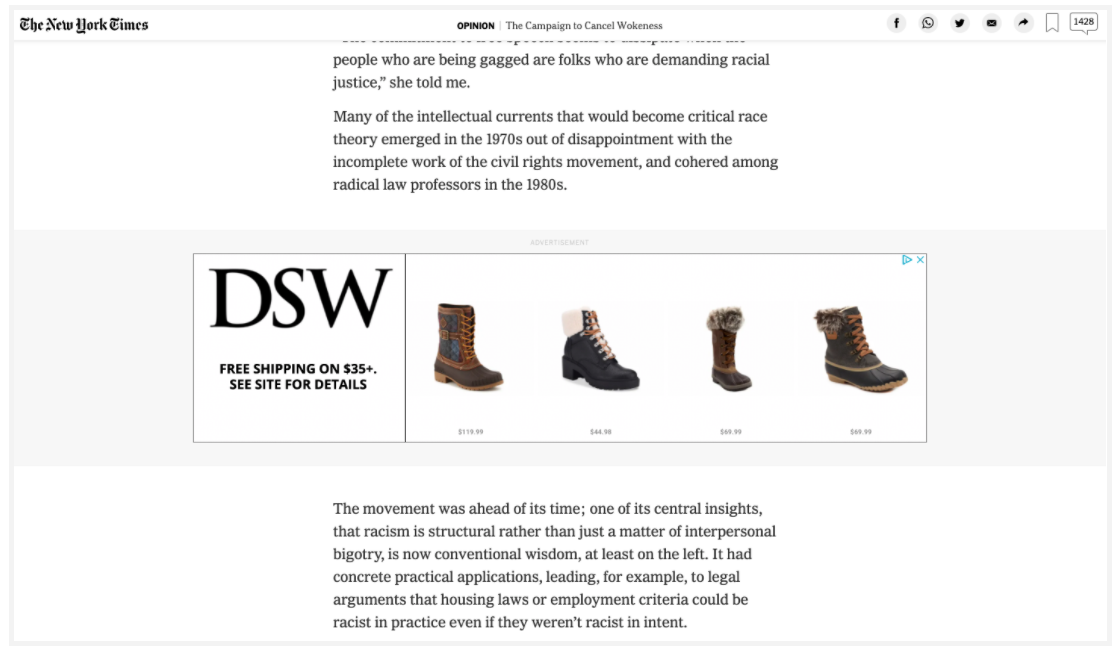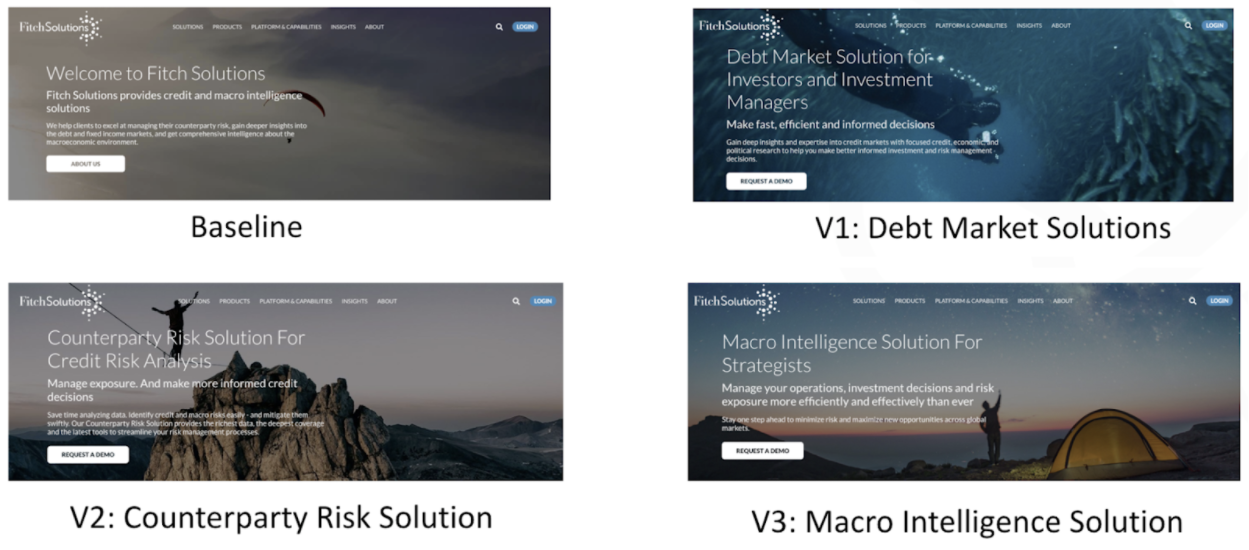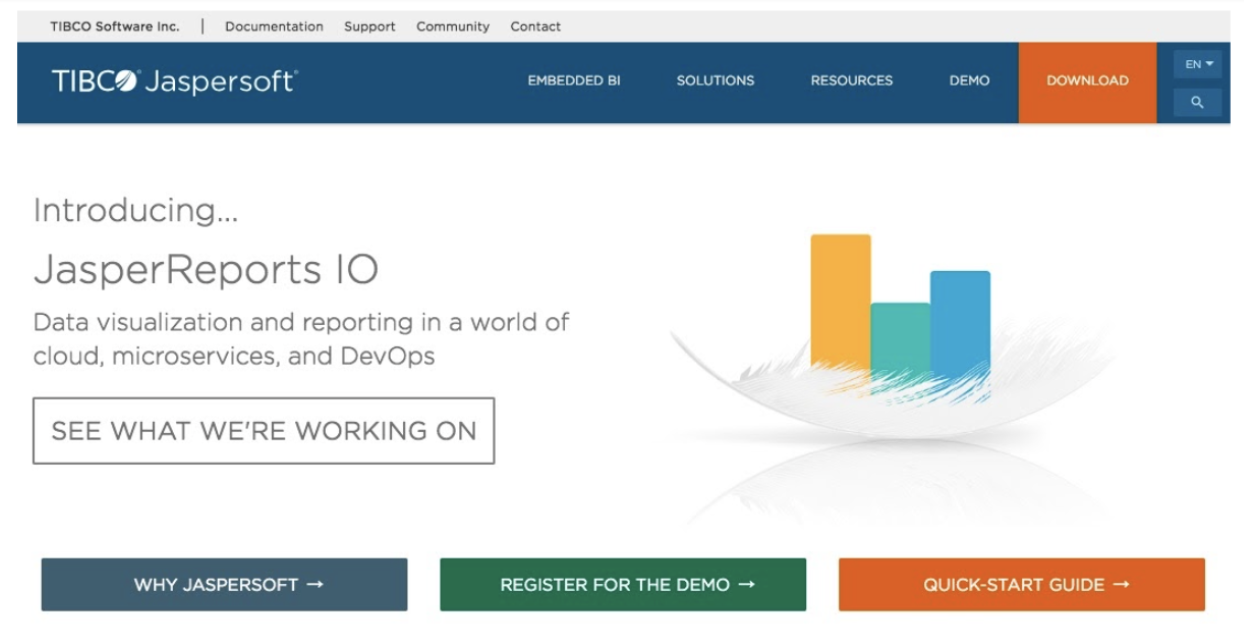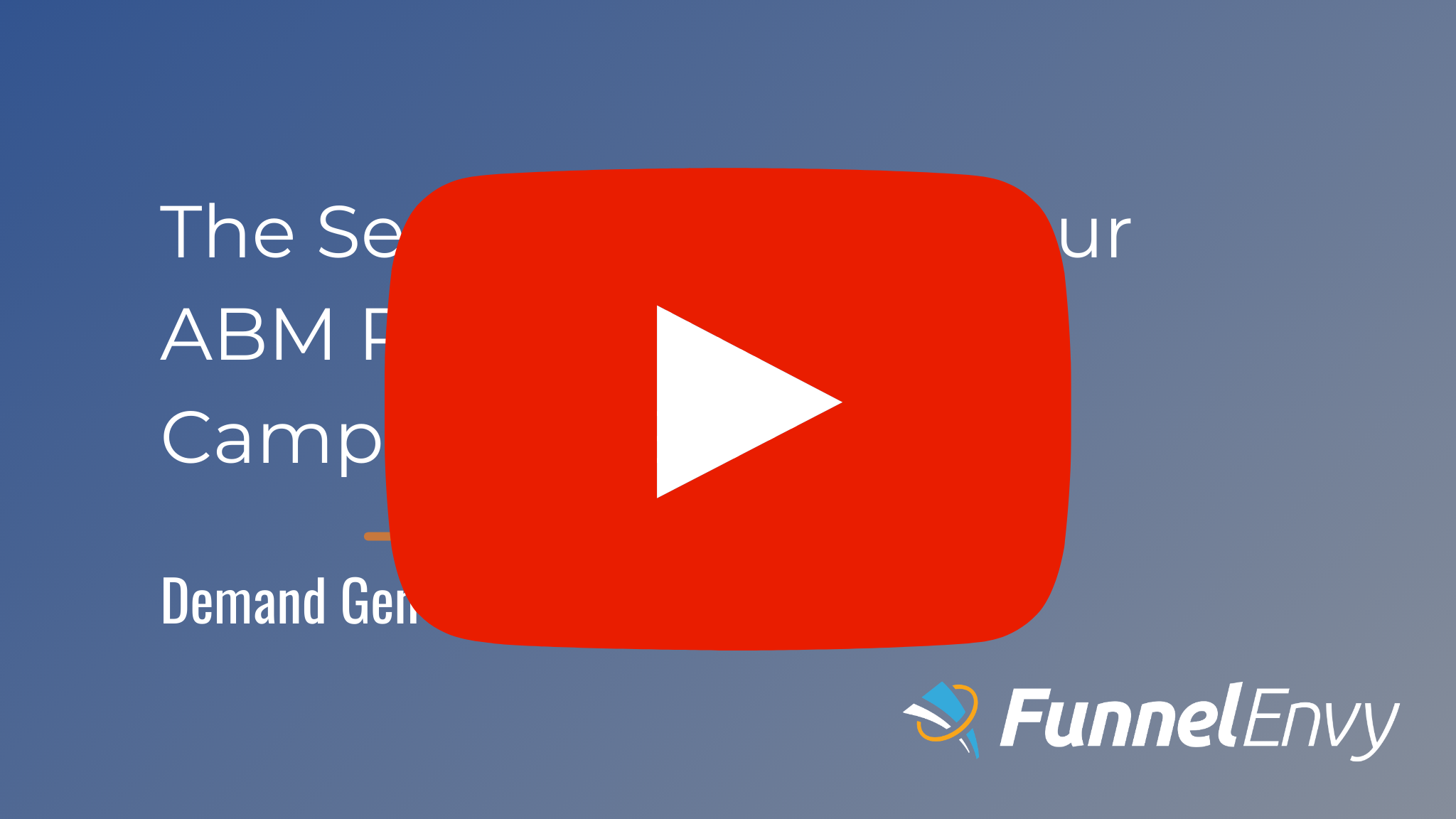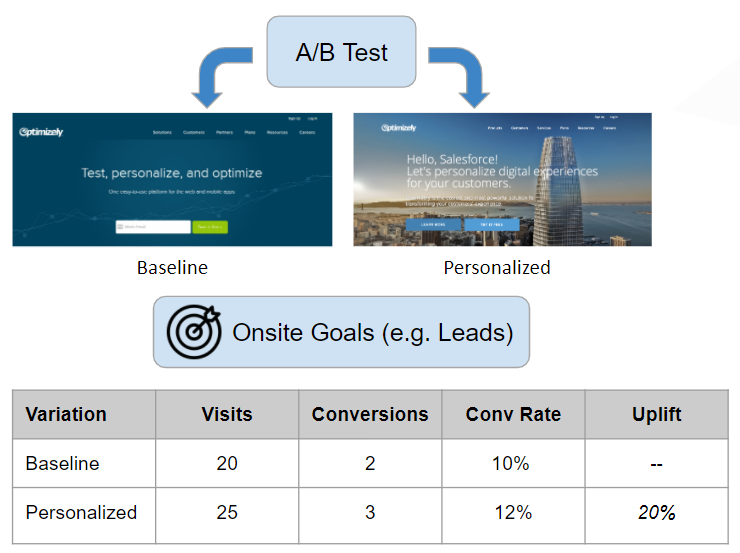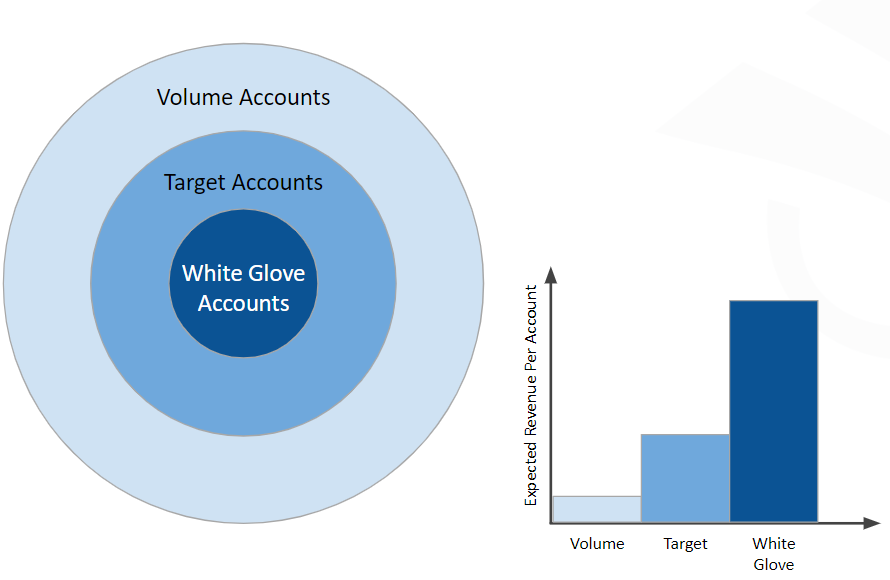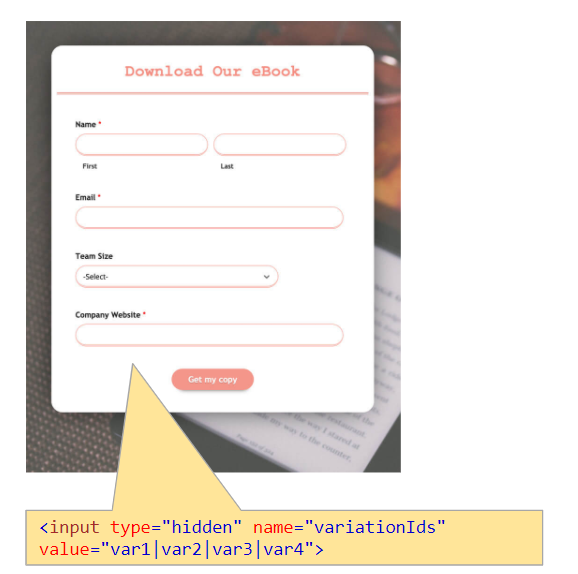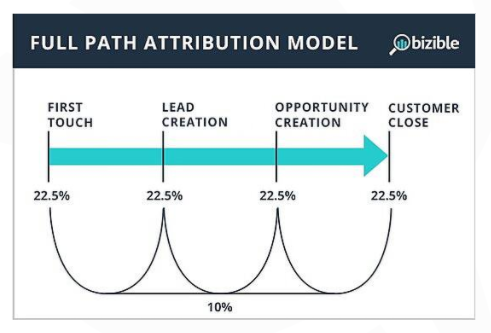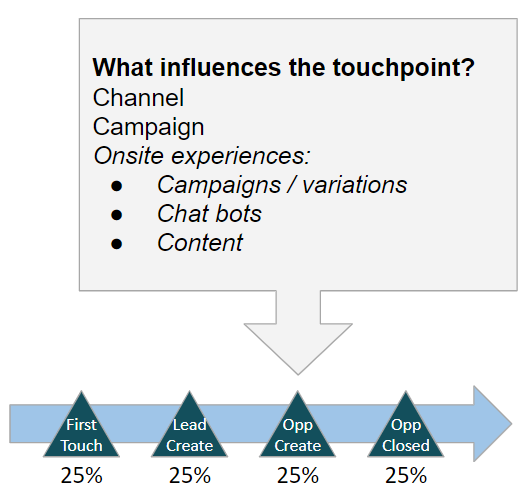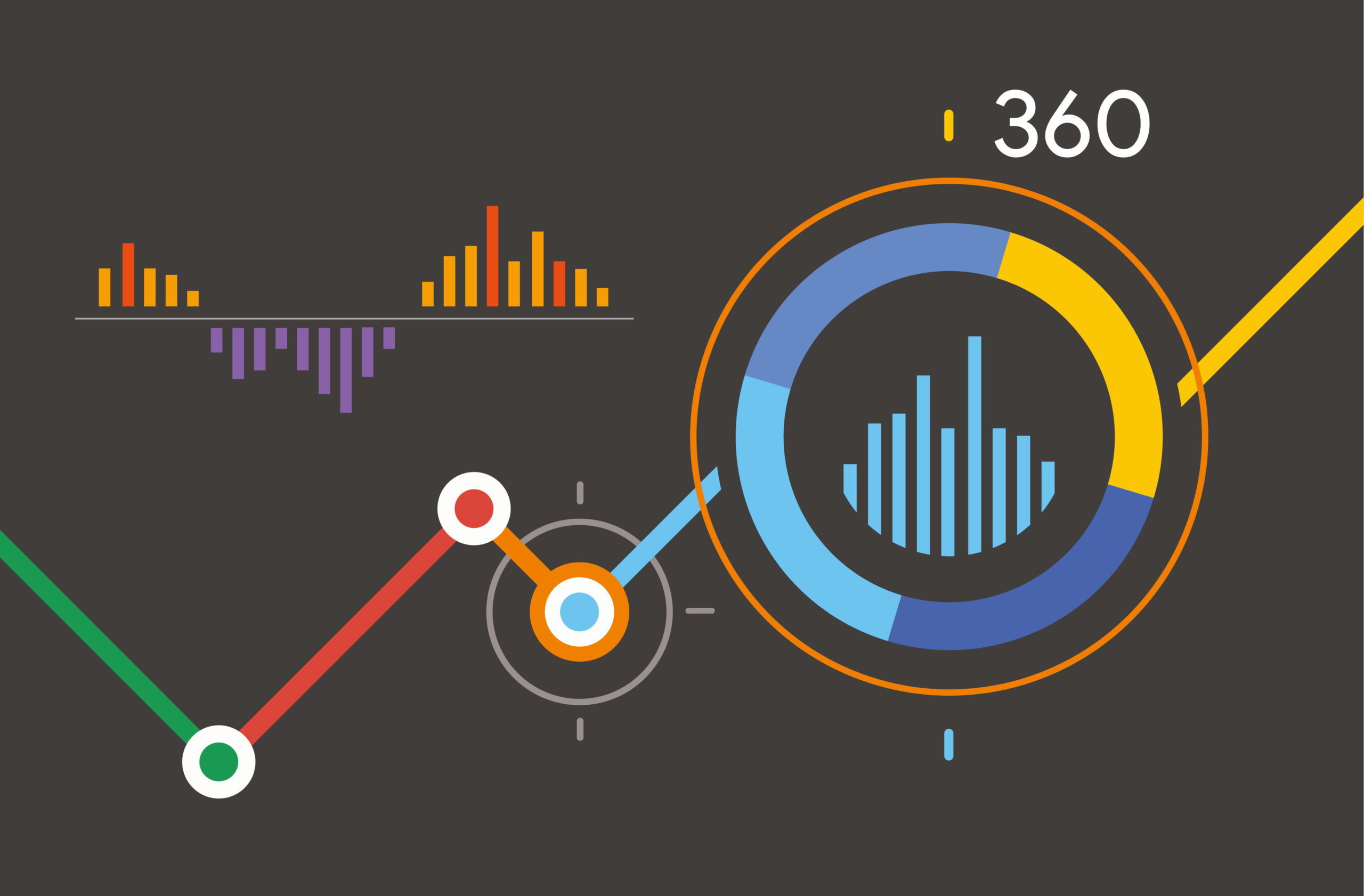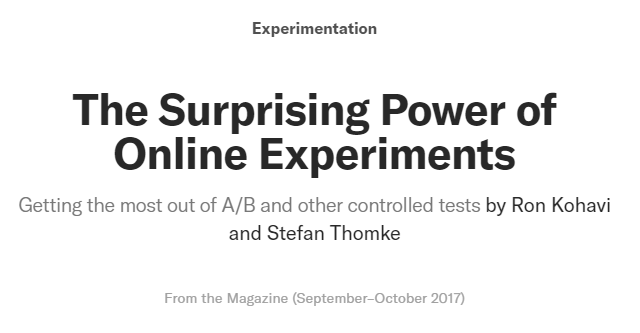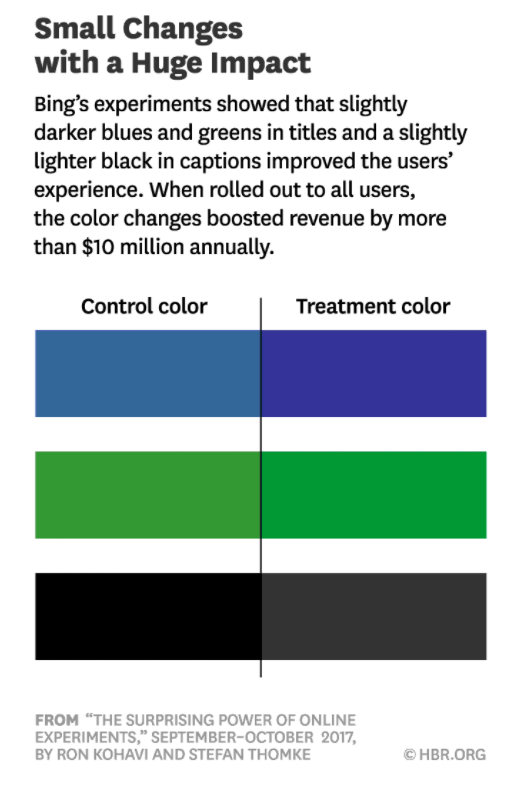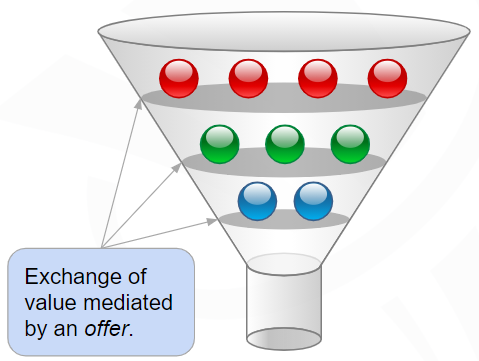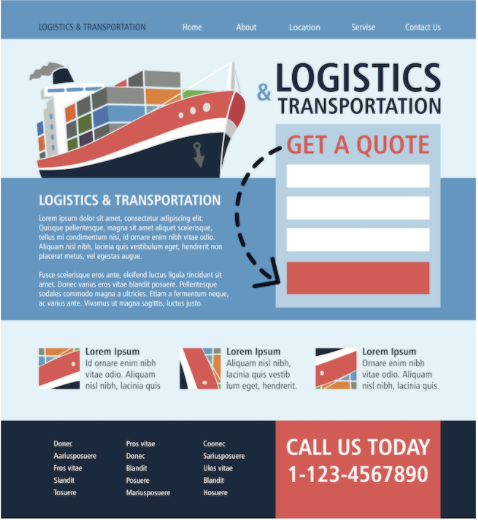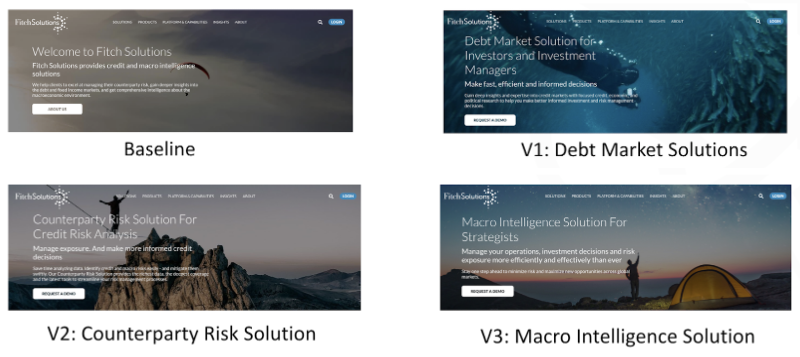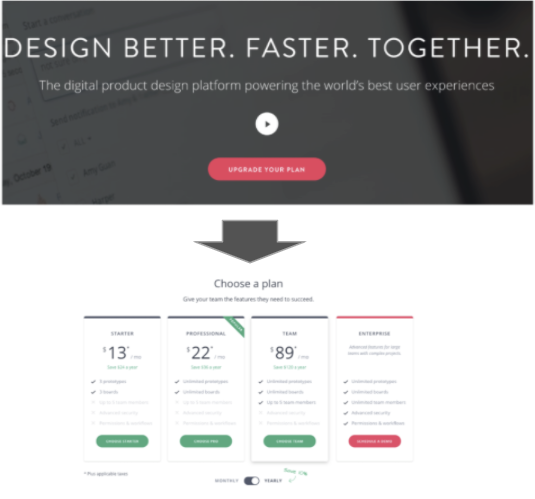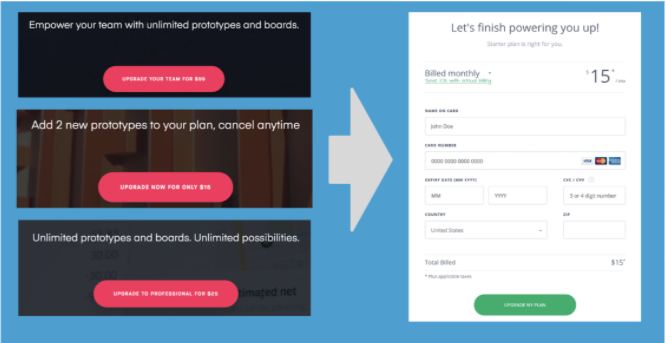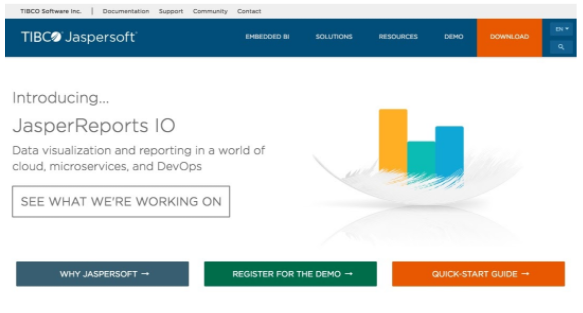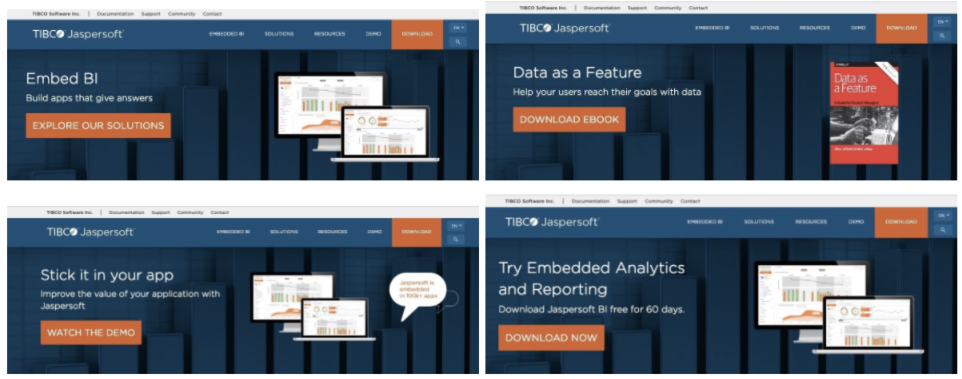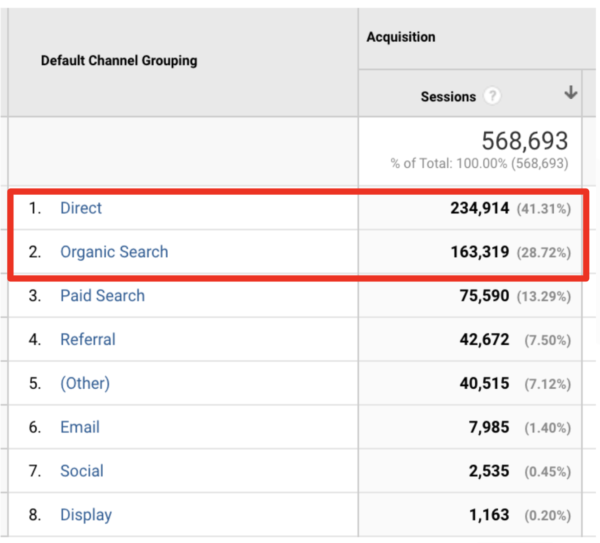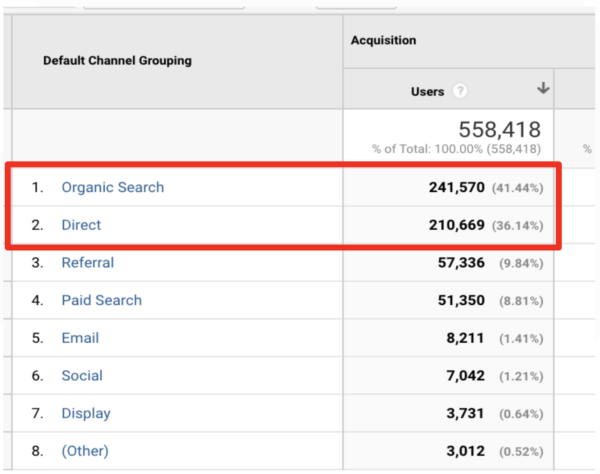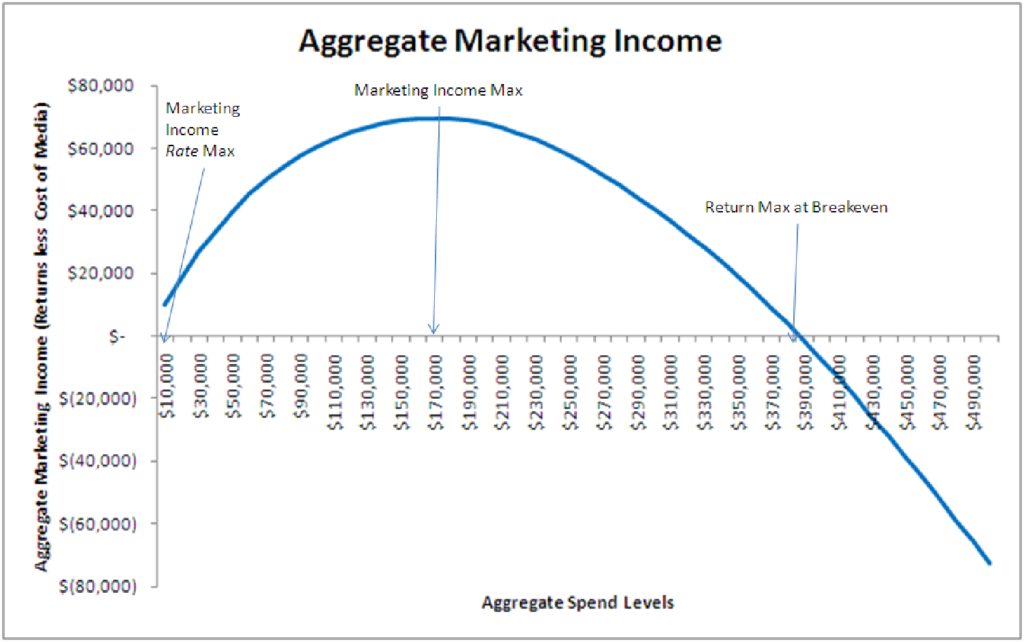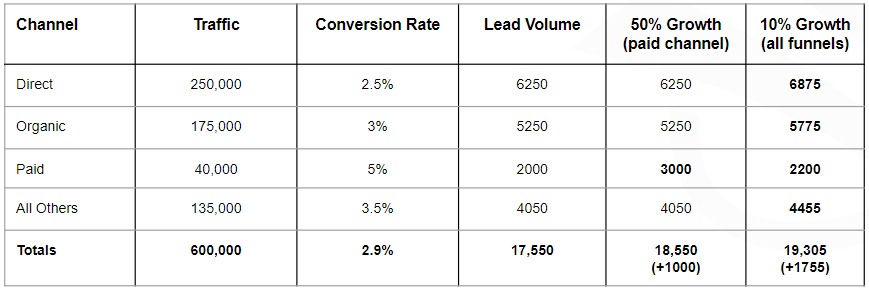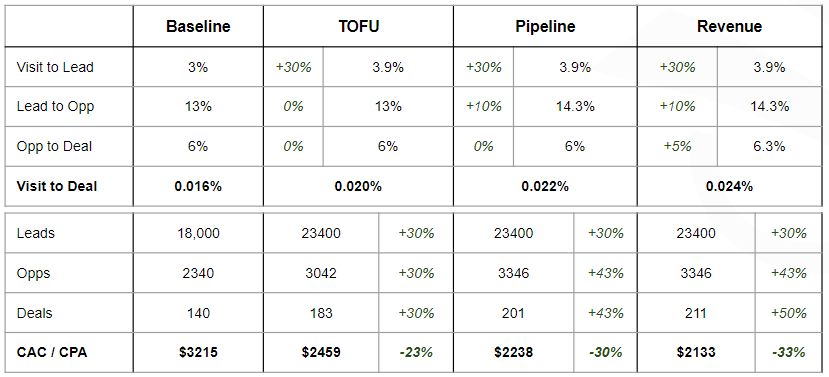Maximize Site Revenue with Multi-Step Forms
Transcript
Hi, everyone. My name is James Niehaus from FunnelEnvy. Today I want to talk to you about multi-step forms, why our clients love them, and how they can maximize your side revenues.
So why our clients love them because.
- They work. We typically can see 20, 30 – 50% improvement in form conversions, so meaningful results.
- We can often enhance and compliment your existing ABM and personalization programs. So it really adds to the value.
- It works great on form but also works pretty well across most of your site. We’ll talk about some examples of that in this presentation.
But how do you make such user-friendly forms?
We all hate forums. Whether it’s a mortgage form, a tax form, or a B2B lead form, right? So the industry recognizes this. And some industries have actually adapted and evolved.

So, leading the way, mortgage. So, now we complete a mortgage application online. It’s going to be an interactive multi-step experience. Same thing with taxes, an interactive multi-step experience, to guide you down the path.
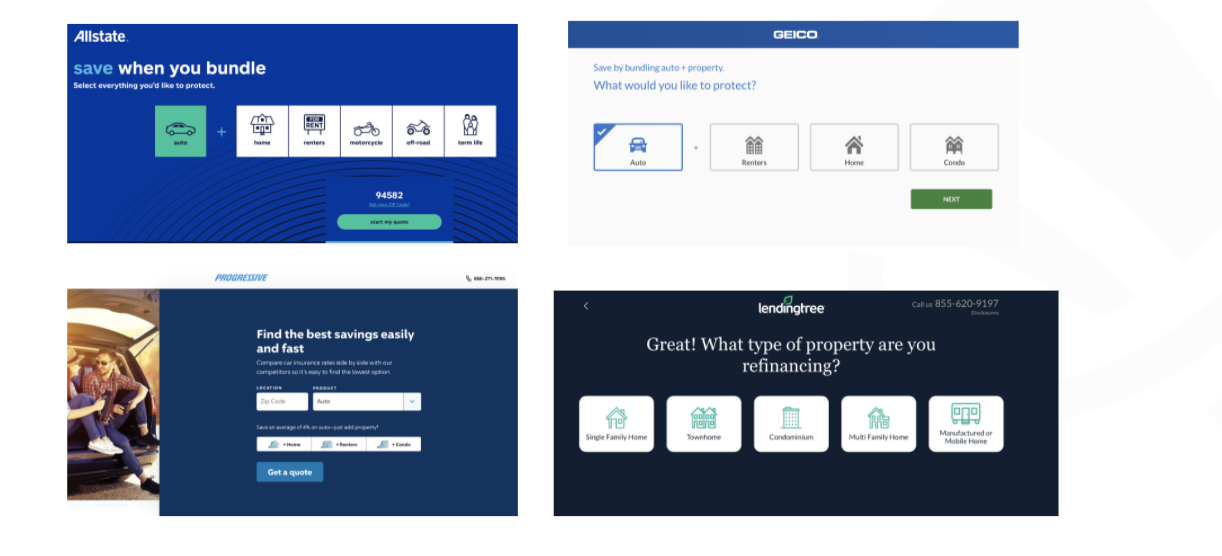
Multi-step forms for B2B
B2C loves multi-step, whether it’s to guide people down a better path, or especially on lead gen, to help convert at higher rates. But B2B is slow to adopt. So we still typically see static forms on B2B, typically because of operational hurdles. It’s just easier to embed a form. But, if you’re willing to make the effort and like our clients, past and present, and see examples of their multi-step experiences, you can see firsthand that all we’re doing here is taking their simple static forms, breaking them up into multiple steps, making it easier to digest, asking easy and 10 questions at the beginning to get them started. And in the end, it improves engagement and significantly improves conversion rates.
Key Results
So things we’ve seen from some past and current clients are significant lifts. These are not small lifts. These are significant lifts that can really maximize and change your funnels for maximizing revenue.
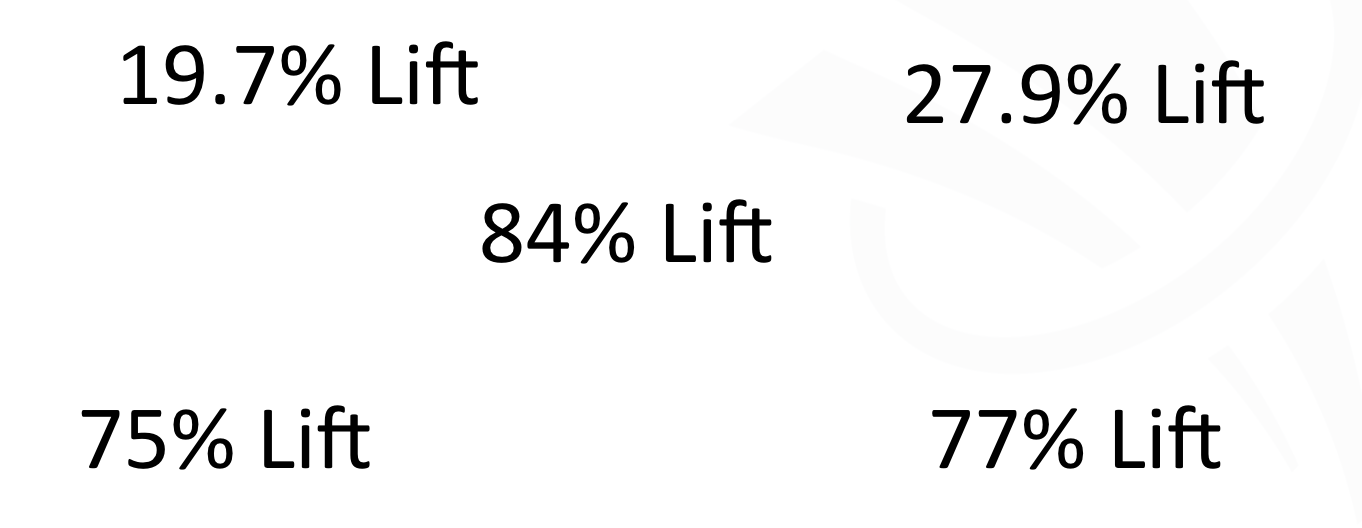
And some key things to keep in mind with multi-step forms, we want to make it easy. So if you think about doing it for yourself, think about in your funnel, what are easy and 10 questions to ask to get them started? Also, you want to make sure you ask a couple of questions, so you want to get the ball rolling, create that momentum, and get them committed to completing that conversion process with and completing the rest of the form. So here you don’t want to ask for first name, last name, email, to get started, you typically want to ask for, how large is your team? What is your role? What is your product interest? But things that are more intent-focused so they can get started without hitting hurdles.
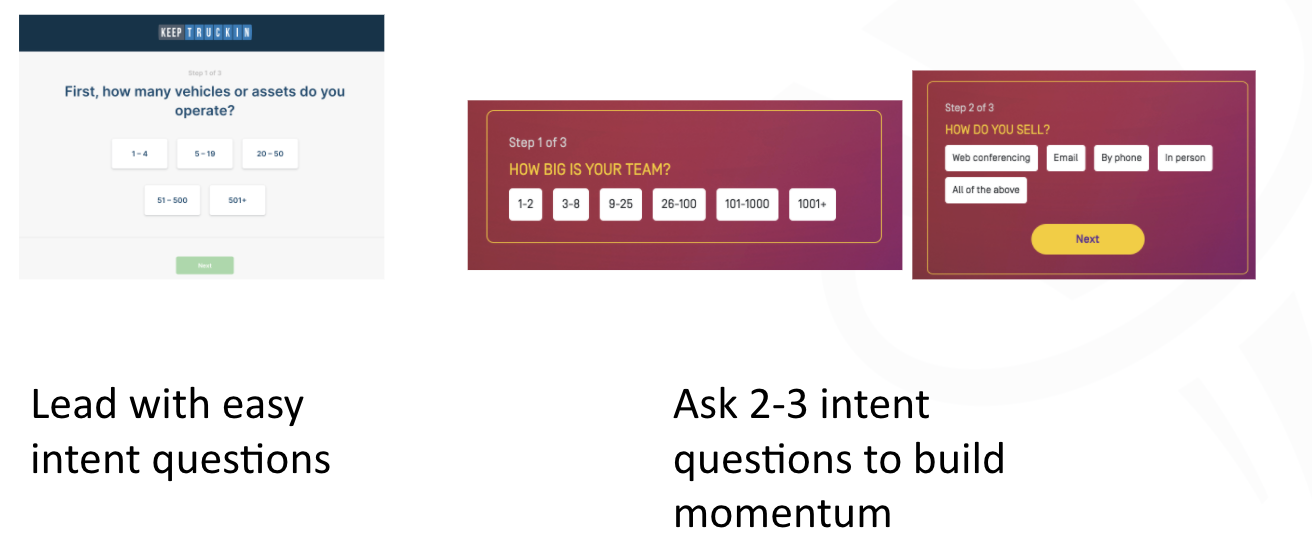
And again, these were great with your advanced programs like personalization and ABM. So on the left, you see an example where we personalizing the rest of the form experience based on the answers on step one. Or on the right, think about maybe we skip the form, based on their being part of a target account. So based on their company name on the email, you can show them, say, a scheduler instead of say, of the rest of the form, or maybe attempt to a Drift Bot. But the idea here is based on their inputs or based on their industry company size, or even if they’re part of your target account, you can personalize from experience that step experience, or even give them different routes and experiences to better convert them.
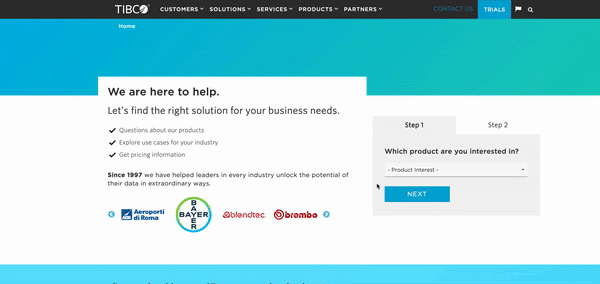
And like I mentioned, it works great on forms, it also works really well across the site. So we’ve run this on home pages, on product pages and solution pages, and pricing pages. And typically what we see, is significant improvement engagement, and also uptakes and conversion rate.
So we definitely recommend you explore this, try this out on your site, and check, see whatever it works for you on your forms and beyond.
3 Takeaways with Multi-Step Forms
- They work. And can often generate a 30-50% lift in form conversions.
- They can enhance your ABM and personalization programs
- The technique is effective across the site, not just on forms.
If you are as excited as we are about getting started with multi-step forms, visit our blog funnelenvy.com/blog, jump into our quiz and see if you’re a good fit to work with us today.
Up Next
Learn Muti-step interactive experiences (going beyond the form)


